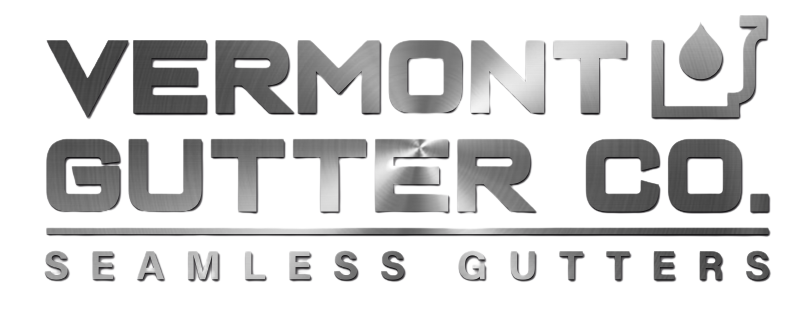The importance of gutters in home maintenance cannot be overstated. For homeowners across the United States, the threat of basement flooding is real and persistent. As environmental changes contribute to more unpredictable weather patterns, efficient water management around homes becomes crucial. This article explores the pivotal role that rain gutters play in preventing basement flooding, alongside various strategies to optimize their effectiveness.
The Critical Importance of Gutters
Gutters serve a fundamental yet often overlooked function: diverting rainwater away from the house. They act as the home’s drainage system, ensuring that water is funneled towards safe discharge paths, rather than accumulating around the foundation. Without proper gutters, rainwater can seep into basements, causing structural damage, mold growth, and other costly issues.
Understanding the Mechanics of Water Damage
Water is a powerful natural force. It can erode soil, seep through microscopic cracks, and accumulate in low-lying areas. Consider this statistic from FEMA: nearly 98% of basements experience some form of water damage in their lifetime. Effective gutter systems can mitigate this risk by redirecting water flow significantly, thus preventing saturation around the foundation which often leads to water ingress into basements.
Effective Gutter Installation Practices
Proper installation is paramount for gutters to function effectively. Key practices include ensuring the correct pitch for water flow, adequate gutter size based on rainfall intensity, and downspout positioning to direct water at least 5 to 10 feet away from the home’s foundation. Installing gutter guards can also reduce debris accumulation, which can impede water flow in heavy rainfall.
| Specification | Best Practice |
| Pitch | 1/4 inch per 10 feet |
| Size | 5 or 6-inch diameter |
| Downspout Distance | 5 to 10 feet away from foundation |
The Role of Maintenance in Gutter Longevity
Ongoing maintenance is critical to keep gutters in optimal condition. Homeowners should clean their gutters twice annually—especially in the fall—to remove accumulated debris, leaves, and other blockages. Clogged gutters can overflow, rendering them ineffective and increasing the risk of basement flooding. Services from trusted experts, like Vermont Gutter Company, can ensure professional upkeep and repairs.
Advancements in Gutter Technology
Innovations in gutter technology have led to more efficient and durable solutions. Seamless gutters, for instance, reduce the risk of leaks, while advanced materials such as aluminum and copper offer increased resilience against weather-induced wear and tear. Smart gutter systems equipped with sensors can alert homeowners about blockages or leakage trajectories, facilitating immediate corrective action.
Case Studies on Gutter Impact
Studies conducted by the National Association of Home Builders (NAHB) provide compelling insights into gutter effectiveness. Their research shows homes with well-maintained gutter systems experience 40% less basement flooding incidents compared to those without. An accompanying EPA report supports this, observing soil erosion reduction by approximately 30% with efficient water diversion systems.
Environmental Impact of Gutters
Gutters not only safeguard individual homes but also contribute to larger environmental protection. By directing rainwater away from erosive pathways, they help preserve landscapes and reduce urban flooding. When properly managed, runoff can be directed into rain gardens, reducing the load on municipal stormwater systems, and contributing to sustainable communities.
Financial Benefits of Gutters
Investing in a high-quality gutter system can be economically beneficial. The cost of gutter installation, which averages between $1,500 to $2,500, pales in comparison to expenses incurred from basement waterproofing, mold remediation, or structural repairs, which can easily exceed $10,000. According to the Insurance Information Institute, well-maintained gutters can also lead to homeowner insurance discounts, making them a financially savvy choice.
Challenges in Gutter Implementation
While efficient, gutters are not without challenges. Improper installation, inclement weather impacts, and neglect can all compromise their efficacy. In regions experiencing heavy snowfall, for instance, ice dams can form unless gutters are coupled with appropriate heating accessories. Thorough planning and professional consultation can help mitigate many potential hurdles.
Homeowner Responsibilities and Best Practices
Understanding the potential risks and responsibilities associated with gutter systems is crucial for homeowners. Regular inspections, timely maintenance, and being proactive about potential blockages and repairs will ensure long-term effectiveness and structural protection of the home. Engaging with professionals can facilitate informed decisions and effective preventive measures.
Key Takeaways
Rain gutters play an indispensable role in preventing basement flooding by directing water away from home foundations. Investing in high-quality gutter systems, coupled with regular maintenance and leveraging modern advancements, ensure long-term home protection and cost savings. As climate patterns continue to change, gutters remain at the frontline of home defense mechanisms against water-related damages.
FAQs About Gutters and Basement Flooding
What are the signs of malfunctioning gutters?
Signs that gutters may not be functioning properly include water pooling around the foundation after rain, visible sagging or pulling away from the house, signs of overflow, leaks, or rust spots on the gutter. Additionally, watermarks or erosion on walls or landscaping near the foundation may indicate gutter problems.
How often should gutters be cleaned?
Gutters should be cleaned at least twice a year: once in the late spring or early summer, and again in the fall. This routine helps remove debris such as leaves, twigs, and dirt that can cause blockages. In regions with many trees or during wet seasons, more frequent cleaning may be necessary.
What materials are best for gutters?
Several materials are popular for gutters, including aluminum, copper, and galvanized steel. Aluminum is favored for its combination of durability and affordability. Copper gutters, while more expensive, offer long-lasting performance and aesthetic appeal. Each material has its advantages, and the best choice should consider the local climate and personal preferences.
Can I install gutters by myself?
While it is possible for homeowners to install gutters themselves, professional installation is highly recommended. Experts have the skills and equipment necessary to ensure an effective system that functions correctly and lasts longer. Moreover, poorly installed gutters can lead to additional repairs and costs down the line.


